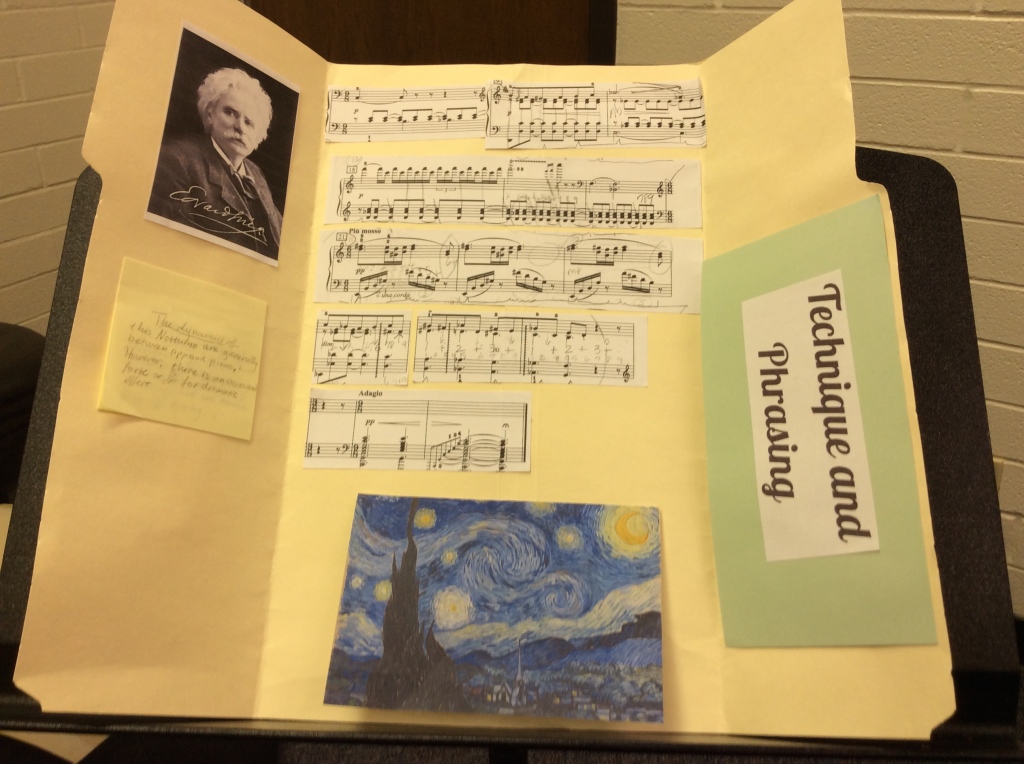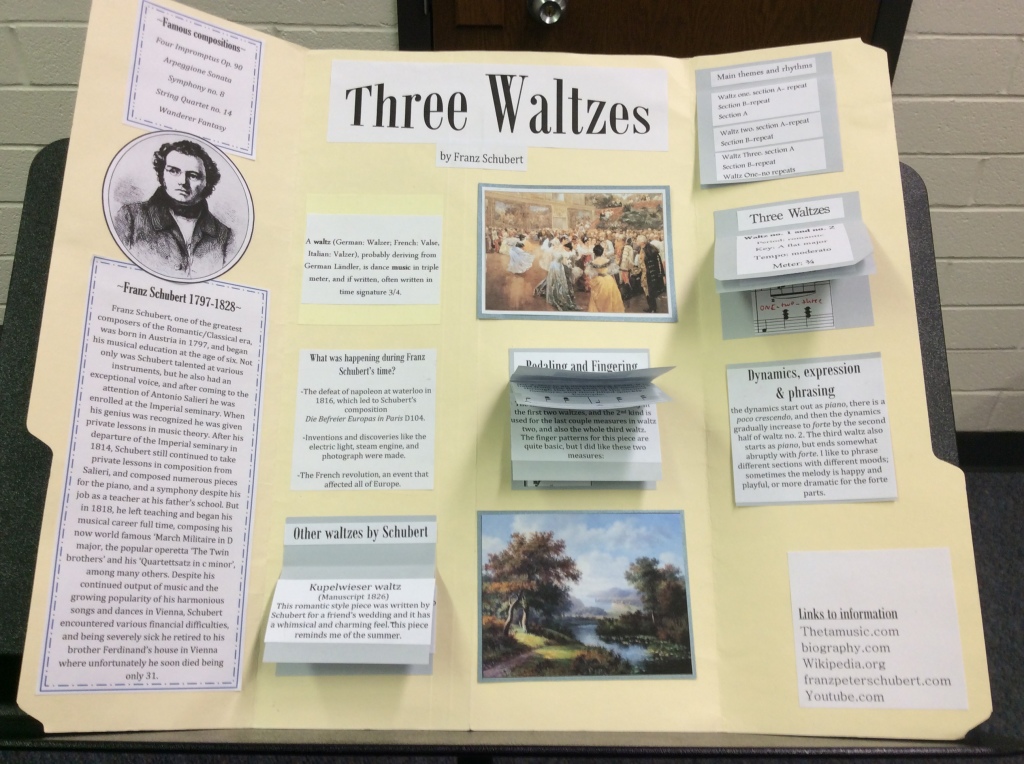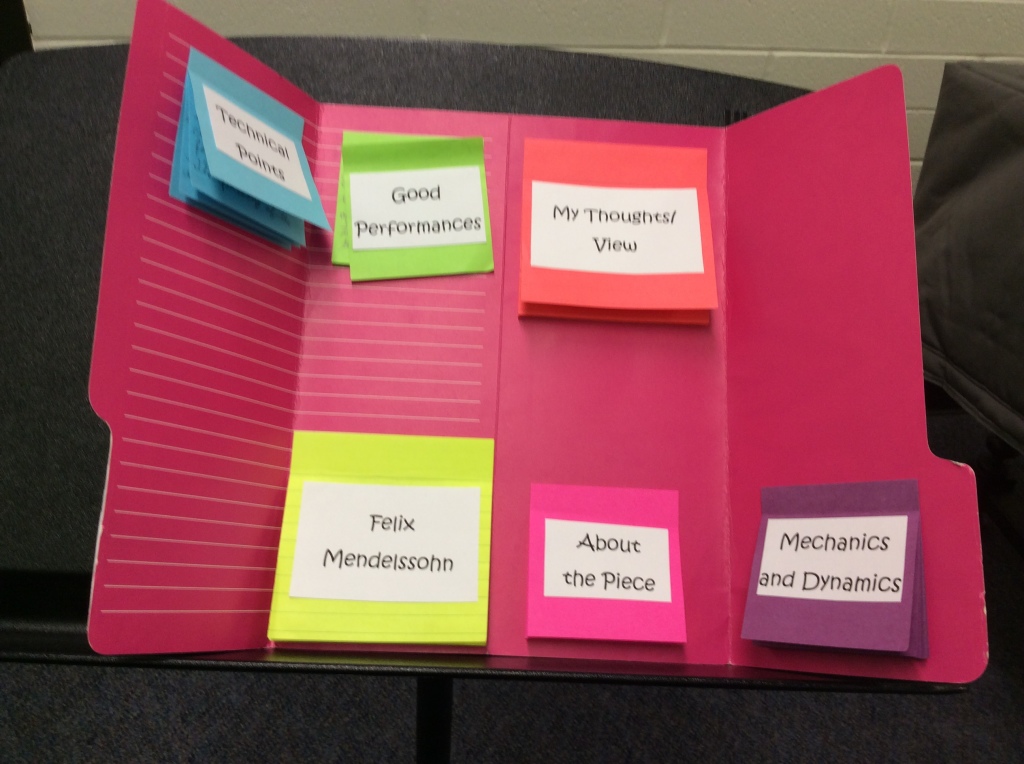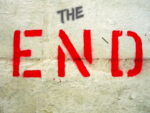Lapbook Project For High Schoolers
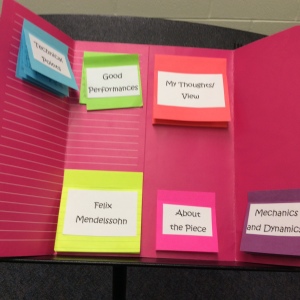 Last semester I asked my high schoolers who study at the college to create a lapbook detailing one of their performance pieces. Some had no idea what a lapbook was. Others thought that they were only for elementary school children. So, some guidance was in order. This is what we decided should be included. How and even how much was completely up to each person.
Last semester I asked my high schoolers who study at the college to create a lapbook detailing one of their performance pieces. Some had no idea what a lapbook was. Others thought that they were only for elementary school children. So, some guidance was in order. This is what we decided should be included. How and even how much was completely up to each person.
1. Name of Piece
general info including key(s), meter(s) style period, how it fits into history, links to information
2. Composer
dates/birthplace, famous compositions, bio info, pictures, links to information
3. Dynamics, expression, phrasing, tempi
4. Important technical stuff
fingering, pedaling, gesture, body position, etc
5. Form/Architecture
type (ABA, Sonata Allegro. etc.)
large section map (main themes & rhythms)
small section map (motives, melodic shapes, rhythm patterns, repetitions,
keys and chords)
general descriptive words/characters/colors
6. Performances you have listened to
details of how each uses what is in the score (#1-5) to make the music come alive
the performer’s personal view of the piece (what words/ moods/stories,characters come to life as you listen)
7. Your Very Own Personal View
what you think this piece is about and why (basically, how all the stuff in # 1-6 relates & informs your personal view)
skdkhela;lkjhdf
They all did an outstanding job and their performances grew right along with their lapbooks. If you decide to do this in your studio, here are some tips.
1. Collect all the facts on individual cards or papers and keep them in an envelope. That way there is room to grow and change the layout or even re-categorize.
2. Sticky notes work really well for fact flipbooks.
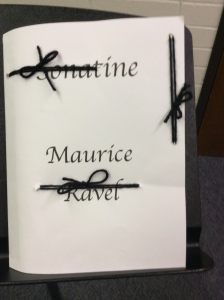
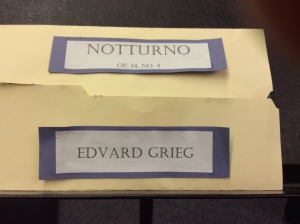 3. Pockets work great to hold fact cards too but you have to MacGyver a way to be sure the cards don’t fall out. Who knew this piano project would tie into engineering?
3. Pockets work great to hold fact cards too but you have to MacGyver a way to be sure the cards don’t fall out. Who knew this piano project would tie into engineering?4. File folders work really well. Legal size are best. Colors and patterns are fun! And, yes you can use them vertically or horizontally.
